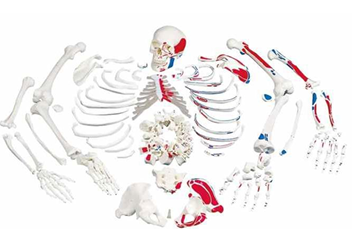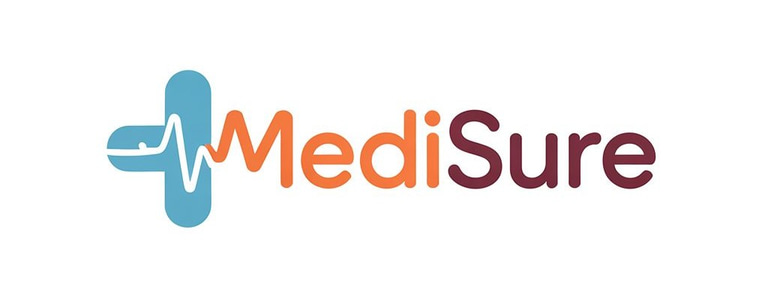رَبِّ زِدْنِي عِلْماً

Disarticulated Painted Skeleton model
Bone And Joint
₹82.00₹22.00
The disarticulated painted skeleton model is a captivating educational tool, frequently utilized in anatomy studies, art programs, and historical exhibitions. This model, which presents the human skeleton in a disassembled form, provides an insightful perspective on the foundational structure of the human body, allowing students and enthusiasts alike to explore the intricate details of human anatomy without the limitations of a traditional, articulated model. The painted aspect of the skeleton model adds an imaginative twist to the scientific representation. The use of vivid colors not only enhances the visual appeal but also serves as an educational aid, often highlighting different anatomical features and systems within the body. For instance, bones might be adorned with colors representing muscles, nerves, or organs, thereby creating a cohesive understanding of how these systems interact with the skeletal framework. One of the primary advantages of using a disarticulated model is the increased accessibility to the complex nature of human skeletal anatomy. Unlike articulated skeletons, which often emphasize movement and joint functionality, disarticulated models allow for a focus on individual bones, their characteristics, and their relationships with adjacent structures. This makes it easier to study bone morphology, size variations, and differences among individuals, catering to various educational needs from high school biology classes to advanced medical courses. The use of painted representations in anatomy takes the learning experience a step further. For instance, color coding can facilitate memorization, with specific hues denoting particular anatomical features or systems. This technique aids in reinforcing learning and can be particularly effective for visual learners who benefit from seeing information represented in a more dynamic and engaging manner. In addition to educational uses, disarticulated painted skeleton models have also gained popularity in artistic and design contexts. Artists can utilize these skeletons to explore themes of mortality, the human form, and the structure beneath the surface. By incorporating painted elements that evoke emotion or abstract concepts, artists can challenge viewers’ perceptions of anatomy and beauty, creating a dialogue around the body and its representation in art. Furthermore, the appeal of a disarticulated painted skeleton model extends into the realm of décor and fashion. Many designers have embraced the aesthetic potential of skeleton motifs, leading to a wide array of products such as clothing, accessories, and home décor that feature skeleton imagery. This trend celebrates the human form in a celebratory manner, often embracing themes of life, death, and rebirth. Overall, the disarticulated painted skeleton model stands as a powerful intersection of art, education, and design. Its multifaceted use brings about a deeper appreciation of the human body, making it an invaluable resource for learners, artists, and designers alike. By marrying anatomical detail with vibrant artistic expression, these models continue to inspire curiosity and creativity across various fields.
Training
Providing essential healthcare training and simulation solutions.
COntacts
Support
info@medisureinternational.com
+91 9972123423
© Medisure. All Rights Are Reserved
Crafted with ❤️by Influence Kashmir
